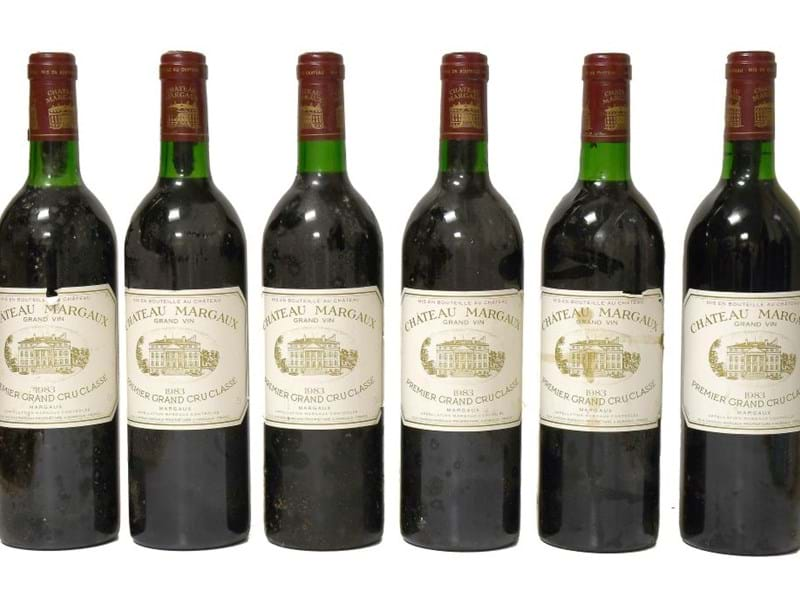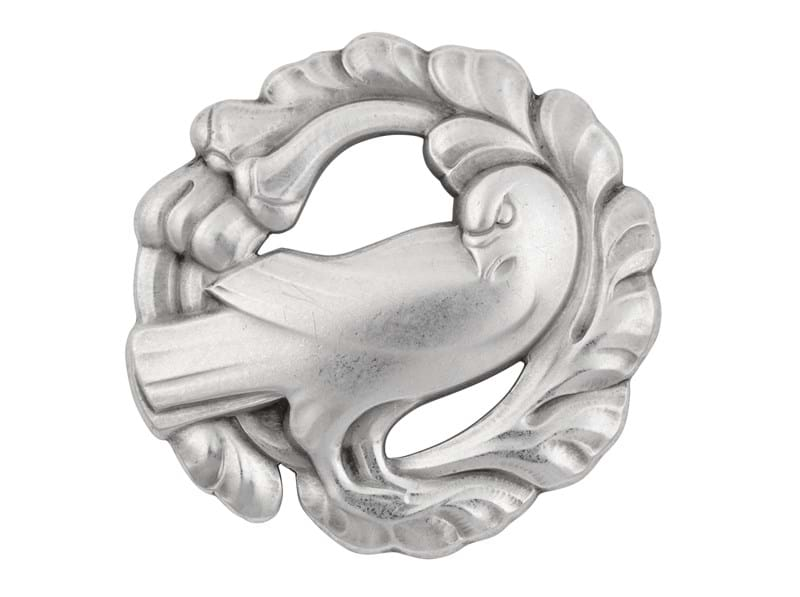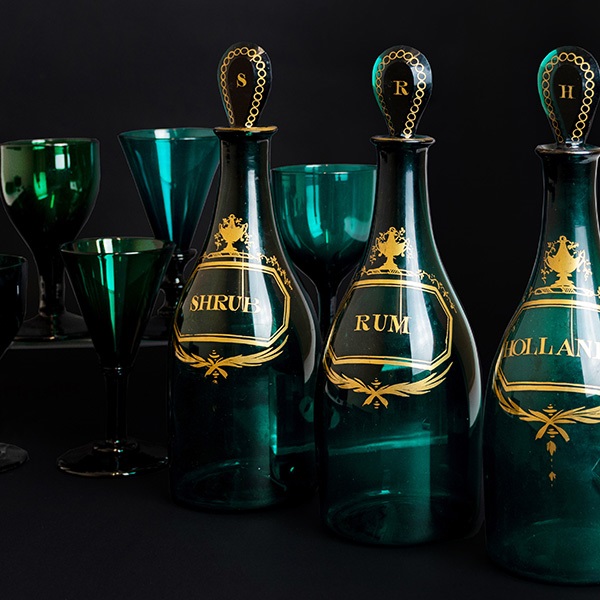Henry George Murphy was one of the leading silversmiths in the first half of the 20th century, whose work encompassed both the Arts and Crafts and Art Deco styles. However, a relatively early death at the age of 55 in 1939 and the outbreak of the Second World War the same year, lead to his work largely being overlooked in the subsequent decades when Modernism reigned supreme.
Born in Kent in 1884, the trajectory of his career was established at the age of 10, when he visited a show by the Arts and Crafts Exhibition Society, where he met architect and jeweller Henry Wilson, along with William Morris and Walter Crane. Having struck up a friendship with Wilson, whose work was heavily inspired by Renaissance and Gothic imagery, Murphy began an apprenticeship in his studio at the age of 15, where he would remain working until 1910.
After a period in the Royal Naval Air Service during the First World War and several years working in various workshops in London and Berlin, Murphy finally set up the Falcon Studio in London in 1928, named in homage to his wife, Jessie – a jess being a leather strap used in falconry. The symbol of the falcon became part of Murphy’s registered hallmark. The Falcon Studio was prolific in its output of fine jewellery and silverwares, under the organisational oversight of Jessie, who ran the office and retail shop.
Murphy’s early work was decidedly medieval in feel, incorporating Gothic and Celtic motifs in enamel, niello, or cabochon decoration typical of the Arts and Crafts movement. Later in the 1920s he adopted the fashionable Art Deco style, with strong geometric lines, blocks of colour and cut gemstones influenced by Egyptian and Oriental design. Some pieces show a marked transition between the two styles, combining elements and techniques.
Outside of his own studio, Murphy began teaching at the Central School of Arts and Crafts, becoming Head of Silversmithing in 1932 and Principal of the School in 1936. Following his death, his work passed out of fashion. In recent years, it is quite rightly being championed, and in 2005 Paul Atterbury and John Benjamin’s The Jewellery and Silver of H.G. Murphy: Arts and Crafts to Art Deco was published, a valuable source of information.
Three lots of Art Deco silver by Murphy, made circa 1930 and consigned by different vendors, will be on offer in the Jewellery, Watches and Silver Sale on 18th May. The interesting and varied pieces demonstrate the range of techniques that Murphy mastered, with the lots decorated with engraving, niello and stone-setting.
On offer in the sale are a George V Silver Caster, which is sold together with a similar salt cellar (estimate: £500-800 plus buyer’s premium). Made in 1933, a highly productive period following his switch to the Art Deco style, this caster certainly demonstrates his new emphasis on line engraving and modernist geometric forms. The engraving on the caster and similar pieces from the Falcon Studio, was possibly executed by George Taylor Friend, an accomplished engraver and fiend of Murphy. A very similar caster is illustrated in Atterbury and Benjamin’s book in a photograph taken at the Red Rose Guild, Manchester in the 1930s.
A 1931 Three-Piece George V Silver and Niello Dressing Table Service will be offered with an estimate of £250-350 plus buyer’s premium. According to his lecture notes for a presentation at Goldsmiths Hall in 1935, Murphy’s niello recipe was ‘… 3 parts silver 2 parts copper and 1 part lead. The copper and silver melted together in a crucible and when properly mixed the lead is added’. Other examples of niello-decorated dressing table sets by Murphy, with similarly carved ivory finials are known.
Finally, a George V Silver and ‘Gem’-Set Cigarette Box made in 1929 (estimate: £400-600 plus buyer’s premium). This form of cigarette box or cannister was popular with Murphy in the very late 1920s and into the early 1930s. The simple design was something of a blank canvas onto which Murphy applied ornament or decoration using the various techniques that formed such an important part of his oeuvre, in this case with gems.
View Sale Details













